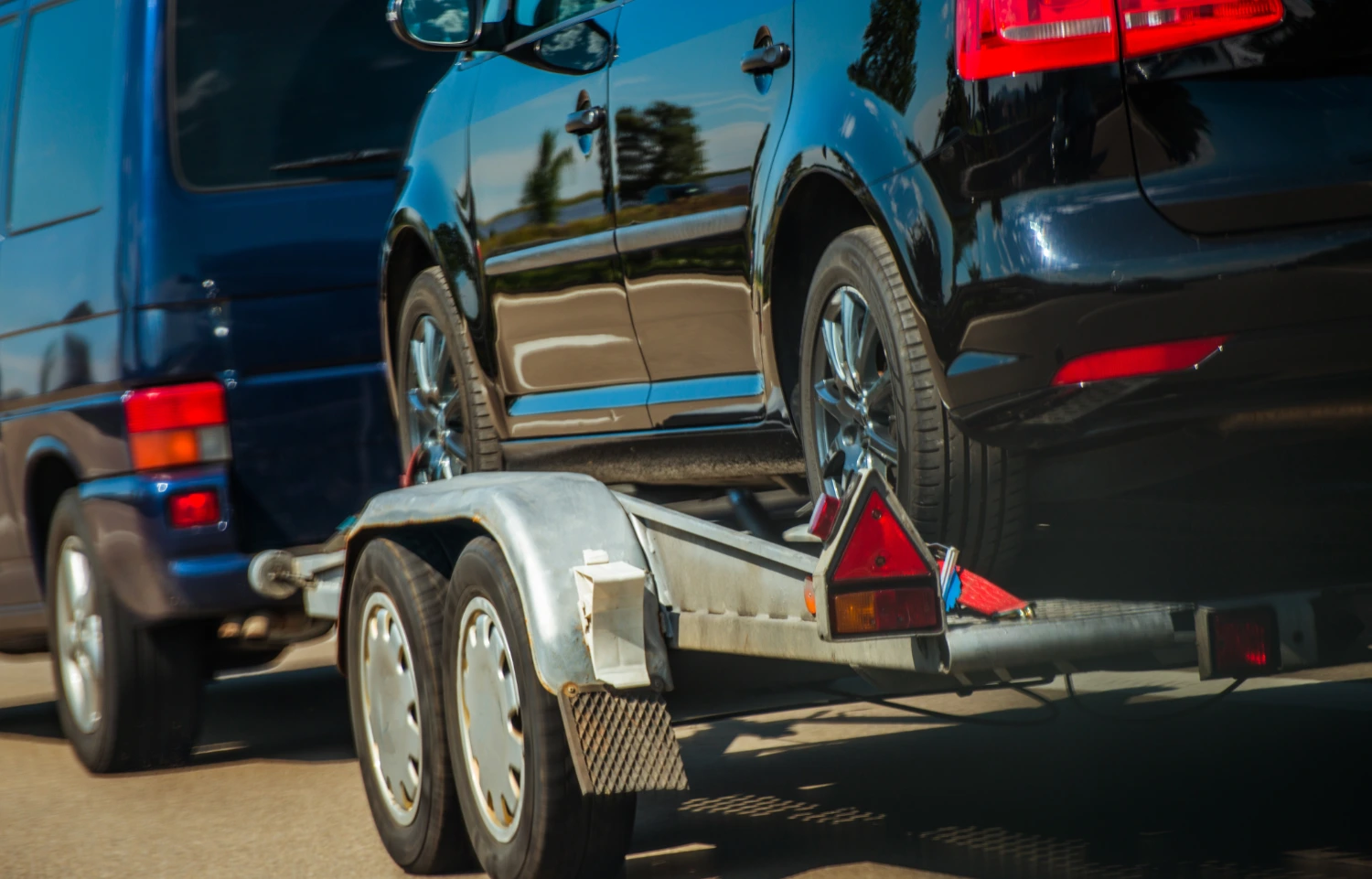
Car Importation in Kenya: Step-by-Step Guide for 2025
In 2025 importing a car into Kenya is more popular than ever—thanks to better deals abroad, newer models and a wide range of vehicles not available locally. However importing a car into Kenya can be confusing especially for first timers. With recent updates from KRA and other agencies, you need to stay informed to avoid delays, penalties or even losing your investment.
This updated guide breaks down everything you need to know about importing a car into Kenya in 2025, including current regulations, taxes, documentation and expert tips.
Step 1: Understand Kenya’s Vehicle Importation Rules
Before you shop for a car abroad, know what the Kenyan government allows. Kenya Bureau of Standards (KEBS) and Kenya Revenue Authority (KRA) have strict conditions:
Only Right-Hand Drive Vehicles Are Allowed
Left-hand drive vehicles are not allowed except in very rare, authorized cases.
Vehicle Must Be 8 Years Old or Less
As of 2025, only cars registered in 2018 or later are allowed. This is based on the date of first registration, not the manufacturing year.
Vehicle Must Be Inspected
The vehicle must undergo pre-export inspection by approved bodies like JEVIC or QISJ to ensure roadworthiness and compliance with KEBS standards. You’ll need a Certificate of Roadworthiness (CoR).
Emission & Safety Standards
Recent regulations now also require compliance with emission and safety benchmarks aligned with international standards, particularly for vehicles with advanced technologies or hybrid systems.
Step 2: Choose a Trusted Source or Dealer
There are several reliable places to buy from abroad:
- Japanese Used Car Exporters – e.g., Be Forward, SBT Japan, Car From Japan
- UK Auctions or Dealers – Good for luxury or diesel models
- Local Import Agents – They will handle everything from purchase to registration for a fee
Always go for exporters who provide full documentation: invoice, bill of lading, inspection certificate and export permit. Check customer reviews, ratings and delivery success history before you pay.Importation isn’t just about the price of the car—there are several taxes and fees involved. Here’s a breakdown of typical costs in 2025:
Step 3: Know All the Costs Involved
Car importation isn't just about the price of the vehicle—there are several taxes and fees involved. Here's a breakdown of typical costs in 2025:
| Cost Item | Estimated Range (KES) |
|---|---|
| Vehicle purchase price | Varies |
| Shipping & Insurance (CIF) | 100,000 – 150,000 |
| Import Duty, Excise Duty & VAT | 45% – 70% of vehicle value |
| Import Declaration Fee (IDF) | 2% of CIF |
| Railway Development Levy (RDL) | 1.5% of CIF |
| Port & Clearing Charges | 25,000 – 50,000 |
| NTSA Registration & Logbook Fees | 7,000 – 10,000 |
Important:
In 2025 KRA launched an updated duty calculator via the iTax system which now auto-pulls valuation based on actual auction sheets and global databases to curb under-invoicing. You can access it via https://kra.go.ke.
Step 4: Clearing the Vehicle at the Port (Mombasa)
Once your car arrives at Mombasa Port, here’s what happens:
- Clearing Agent Takes Over
A licensed clearing agent will handle paperwork and port procedures on your behalf. - Document Verification
Customs will verify:- Original Invoice
- Bill of Lading
- Certificate of Roadworthiness
- Import Declaration Form (IDF)
- National ID and KRA PIN
- Duty Payment
You pay import duty, VAT, excise, IDF and other charges either through your agent or directly to KRA. - Vehicle Inspection & Registration
NTSA will inspect the vehicle, allocate a registration number and issue your digital logbook.
This process takes 7–14 working days depending on port congestion and documentation readiness.
Required Documents for Importation
To make it easy:
- ✅ Original Invoice (from seller/exporter)
- ✅ Bill of Lading (from shipping line)
- ✅ Certificate of Roadworthiness (JEVIC or QISJ)
- ✅ KRA PIN certificate
- ✅ National ID or Passport
- ✅ Import Declaration Form (IDF)
For business or organization imports, you’ll also need your Certificate of Incorporation and CR12.
Final Steps After Clearance
Once cleared and registered:
- Install Number Plates – Done at NTSA-approved centers
- Get Insurance – Choose between third-party or comprehensive cover
- Affix Insurance Sticker – Required before taking the car on the road
You’re good to go!
Pro Tips to Avoid Common Mistakes
- Don’t Pay Full Upfront – Especially to exporters without a track record
- Check for JEVIC or QISJ Inspection Certificates – They’re mandatory and protect you from buying unroadworthy cars
- Use Licensed Clearing Agents – Confirm with KRA if unsure about an agent
- Track Your Car’s Journey – Use the bill of lading and shipping line tracking to monitor shipping progress
What’s New in 2025?
- Digital Logbooks Only: NTSA no longer issues physical logbooks. All documents are now available via the NTSA portal.
- Stricter Tax Enforcement by KRA: With the new valuation engine and integration with iTax, false declarations can lead to fines and delays.
- Faster Clearance for Verified Importers: KRA and NTSA now offer faster clearance times for high-volume or compliant importers under the “Trusted Partner” status.
- Emission Testing and Safety Ratings: New KEBS guidelines encourage importing cleaner and safer cars. Hybrid vehicles may get favorable valuation and tax benefits.
Importing a car in 2025 is not just about saving money—it’s about being smart.
With TIMS and iTax, the process is smoother, faster and safer—but only if you follow the rules.Whatever you import – hatchback from Japan or SUV from UK – follow the process and use the right agents.